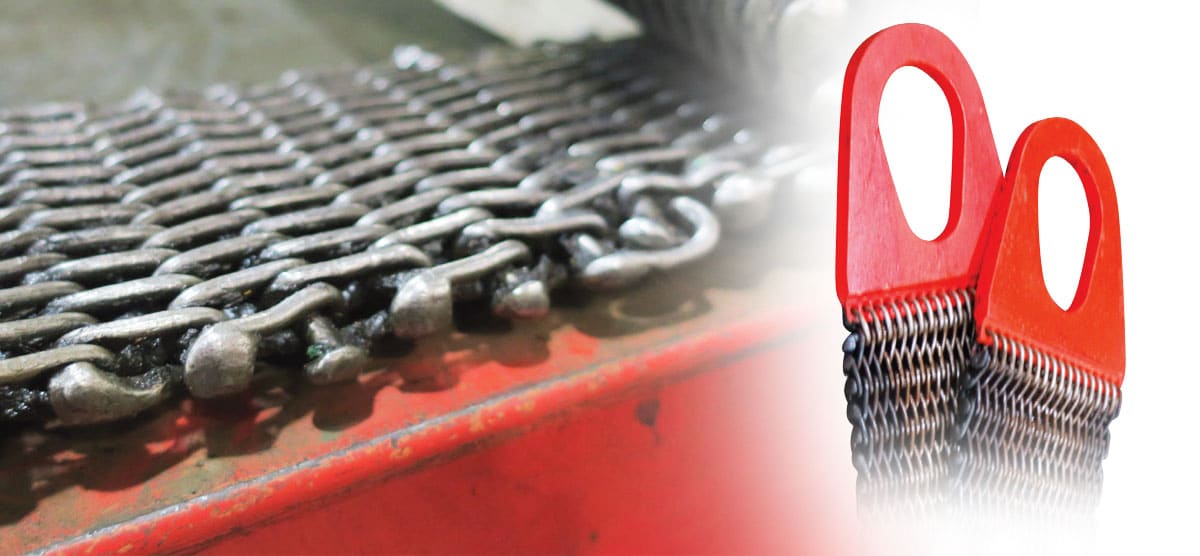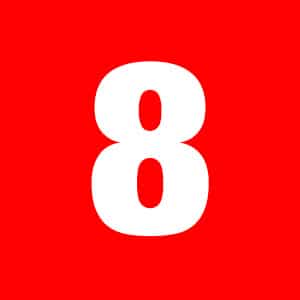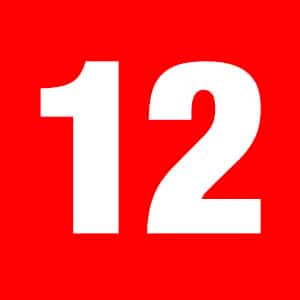6-4 | Basic Inspection Criteria
<p>The goal of a sling inspection is to evaluate remaining strength in a sling which has been used previously to determine if it is suitable for continued use. When inspecting metal mesh slings, daily visual inspections are intended to detect serious damage or deterioration which would weaken the strength and integrity of the sling.</p>
The goal of a sling inspection is to evaluate remaining strength in a sling which has been used previously to determine if it is suitable for continued use. When inspecting metal mesh slings, daily visual inspections are intended to detect serious damage or deterioration which would weaken the strength and integrity of the sling.

If during any point of the inspection the following is observed, the metal mesh sling should be removed from service and be discarded, according to ASME B30.9 standards:

Missing or illegible sling identification

Broken weld or a broken brazed joint along the sling edge

Broken wire in any part of the mesh

Reduction in wire diameter of 25% due to abrasion or 15% due to corrosion

Lack of flexibility due to distortion of the mesh

Distortion of the choker fitting so the depth of the slot is increased by more than 10%

Distortion of either end fitting so the width of the eye opening is decreased by more than 10%

15% reduction of the original cross-sectional area of any point around the hook opening of the end fitting

Visible distortion of either end fitting out if its plane

Slings in which the spirals are locked or without free articulation shall not be used

Cracked end fittings, or fittings that are pitted, corroded, cracked, bent, twisted, gouged, or broken

